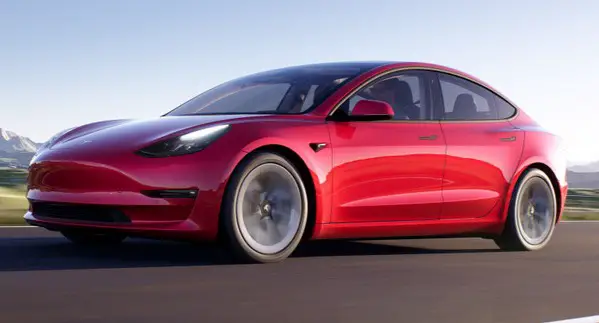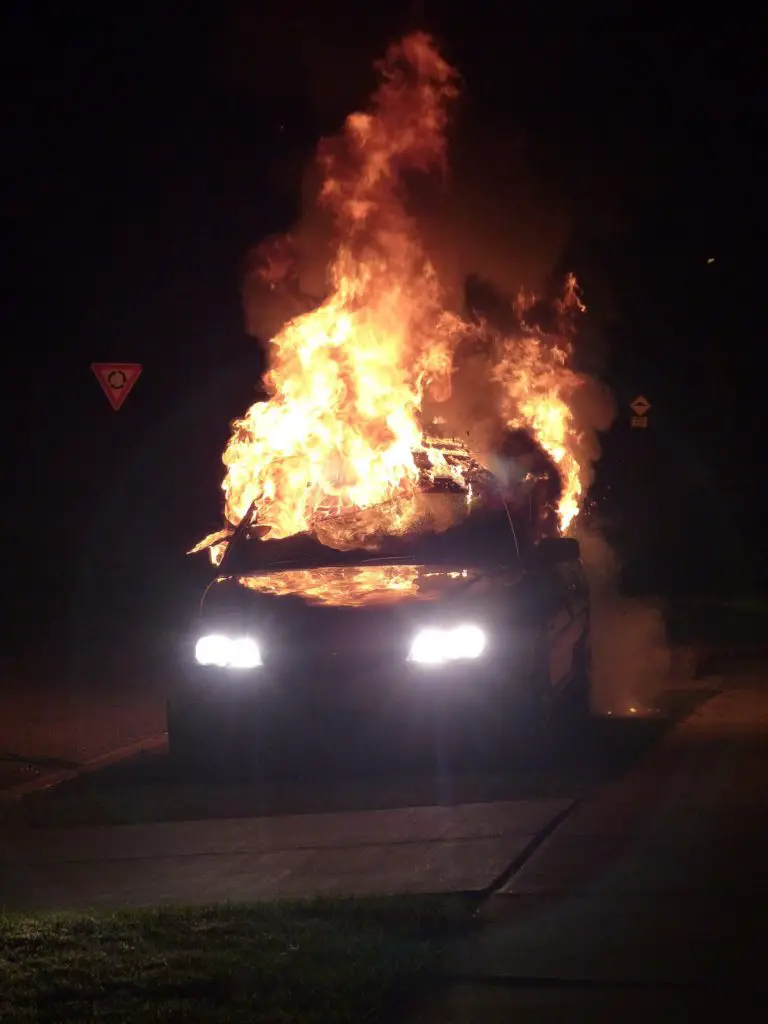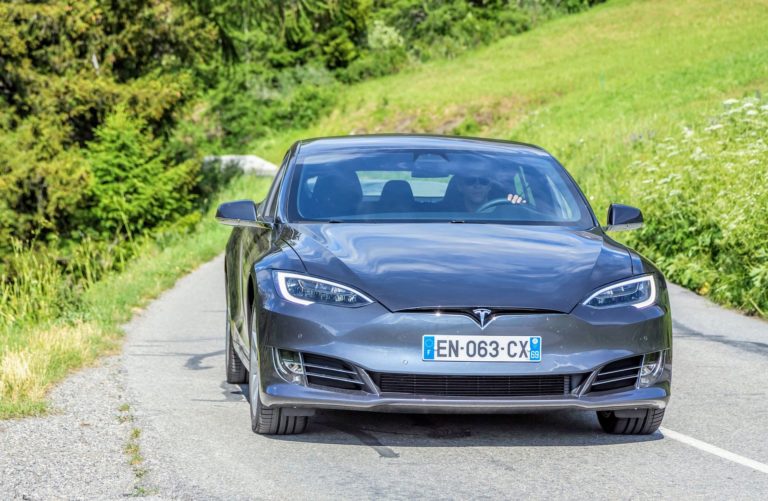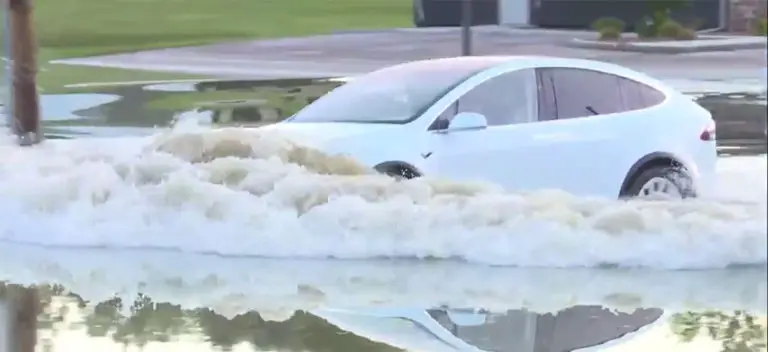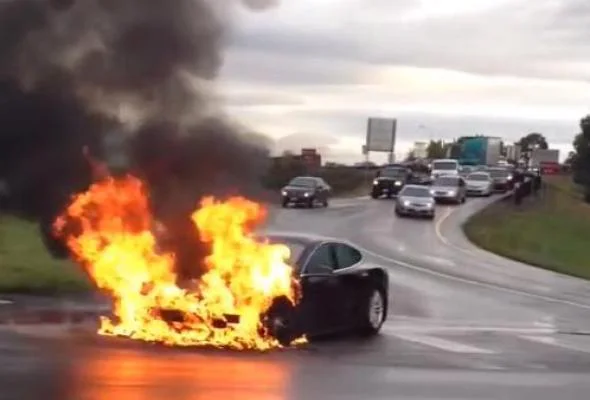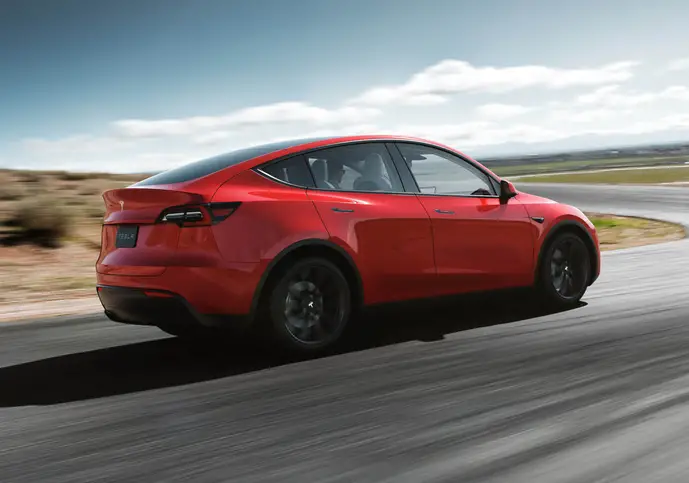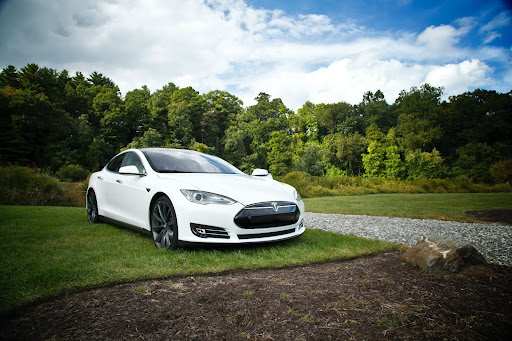Where is the Battery of a Tesla Located?
When Tesla vehicles are discussed, the first thing that comes to mind is the fact that they are powered by electricity. To traditional petrol heads, this sometimes produces sneers of ridicule, but to most people, there is an understanding that these vehicles represent one of the ways we will save our planet.
The now-discontinued Tesla Roadster had batteries located in the rear of the vehicles. Every Tesla produced after this model has a battery pack located on the underside of Tesla cars. It improves the vehicles’ handling and range and makes them more accessible for maintenance purposes.
Positioning the battery in EVs and Tesla’s required a lot of research. The battery unit accounts for a significant part of the vehicle’s overall weight. If it is installed in a place that is not optimal, the car will have lousy handling characteristics.
Tesla Batteries are Located on the Bottom of the Car
Tesla batteries are installed on the underside of the Tesla. The bottom of a conventional car comprises frame rails, interconnected exhaust pipes, Differential(s), a gearbox, fuel distribution systems, and drive shafts.
Because Teslas don’t need any of this equipment, the bottom of the car is a convenient location to install the battery back.
The result is that the underside of a Tesla resembles a skateboard rather than a conventional car. There are many benefits to this installation position which include.
No1 – A Tesla Battery Results in a Lower Center of Gravity (CG)
Weighing in at 1,150lns (520kgs), the battery of a Tesla Model 3 accounts for almost 1/3rd of the car’s total weight.
As the battery is located at the lowest point on the Tesla Car, there is a massive handling benefit. The lower the CG, the less the vehicle’s weight is transferred when cornering and braking. The car stance remains flatter, and the grip of each of the wheels is better.
It results in greater directional control and less chance of the vehicle skidding or oversteering.
The weight of the Tesla being concentrated at the bottom of the frame reduces the propensity to roll over.
No2 – A Tesla Battery Results in Improved Airflow
Because there are no pipes, shafts, or tunnels on the underside of Tesla cars, the bottom of the vehicle is smooth.
The design of the underside is therefore optimized to cause the slightest turbulence, which not only results in improved handling but also better aerodynamic behavior.
It means that less battery power is needed to maintain speed, and therefore the range is increased.
No3 – The Tesla Battery is Easier to Remove
Although it is still a mission to remove a Tesla battery, being on the vehicle’s underside makes it easier to access.
If you need to remove the battery, it requires a vehicle lift, and the person doing the work needs a high level of mechanical ability.
The electrical system produces up to 300 volts of power, and the risk of injury or death is genuine.
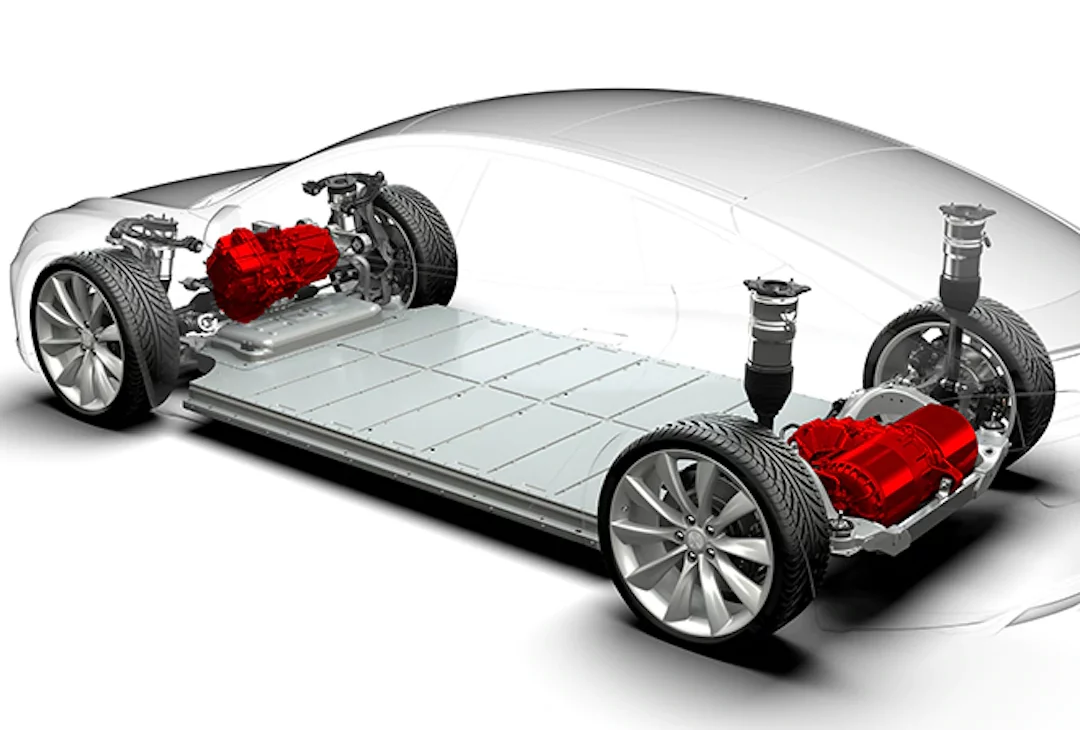
How are Tesla Batteries Removed?
Follows the steps below.
Step 1 – Disconnect the Tesla Battery Explosive Device
Remove the pyro fuse. This device contains a small explosive charge, and when the system records the activation of the airbags, it activates and instantaneously breaks the circuit and disables the battery.
Step 2 – Disconnect the Tesla Battery
The mechanic will need to disconnect both the 12 volts DC and the AC connections.
The chance of electrocution is genuine, and the mechanic will be trained to take the necessary precautions, including wearing High Voltage Safety Gloves.
Step 3 – Disconnect the Tesla Battery’s Inverter.
The Tesla motors which power the car operate using AC power. The current must first be converted from DC to AC as the battery produces DC power.
The inverter is positioned on the left rear side of the vehicle and must be disconnected before proceeding.
Step 4 – Remove the Tesla Battery Coolants Pipes
One of the risk points of Tesla’s battery is its heat. A comprehensive cooling system is incorporated to counteract this and ensure the battery maintains an optimal temperature.
Eight pipes must be disconnected and drained.
Step 5 – Remove the Tesla Battery Attachment Bolts
The mechanic removes the 24 bolts that hold the battery pack from below and the 15 bolts inside the Tesla.
Before removing the interior bolts, the mechanic will remove the floor carpets.
Step 6 – Lower the Tesla Battery
When all the attachments have been removed and pipes disconnected, you can carefully remove the 1,150lbs.
You can check out the video below for a sample Tesla battery pack removal.
How Do Tesla Batteries Work?
There are many unique features of Tesla cars, the most obvious one being that an electrical motor powers them.
The advanced batteries provide current to keep a Tesla model 3 energized for almost 400 miles (640 km). It compares very well to a Dodge Charger with similar performance and a range of 426 miles (685 km).
The Tesla lithium-ion batteries are rechargeable devices that store, or release, electrons. They are made up of cells where lithium ions move between the electrodes through an electrolyte.
Lithium-ion positive cells are made of lithium compound (hence the name), and the negative cell uses graphite compound.
Electrolytes separate each group of two electrodes, a negative anode and a positive cathode. Charging the battery causes the lithium ions to migrate to the negative electrode. When current is required, the process is reversed.
The voltage measure is the difference between the number of electrons at the negative and positive terminals.
It is difficult to explain the workings of Tesla batteries because the technology advances so fast that current systems quickly become obsolete.
To put this into context.
In 2013 Tesla Launched the 18650 Batteries
Before 2013, Tesla used “off the shelf” batteries produced by Panasonic.
Tesla is now in partnership with Panasonic and has built the Giga Factory to produce the proprietary Tesla batteries.
Tesla Launched The Model-18650 Battery In 2013. This first version of the Tesla battery consisted of 7,104 (with a radius of 9 mm and height of 65 mm) cells in 16,444 cell modules cells.
These batteries produced 85 kw/h of power.
In 2015 Tesla Modified The Batteries
In 2015, Tesla improved the design of the battery anode, which increased capacity by about 6% to 90 kw/h.
In 2017 Tesla Launched the 21700 Battery
The 2170 battery consisted of cells that measured 21mm diameter and 70mm height.
The 2170 battery supplies 10-15 % more energy.
Tesla Launched the 4680 Battery In 2020
A Tesla battery pack consists of multiple sheets. The cells, anodes, separators, and cathodes were pressed together and rolled up into cylinder-shaped sheets in previous Tesla batteries. Each sheet is connected to the positive and negative terminals of the battery by tabs.
The greater the distance the current (ions) need to move and the more connections (tabs) there are, the less efficient a battery is. To overcome the inefficiencies, Tesla has launched the 4680 series.
The 4680 batteries have done away with the connector tab and have contacts that run the whole sheet length, forming a rose shape cluster when the sheets are rolled up. Connections are made to the “rose,” which keeps the electrical path length to the terminal short throughout the sheet.
Because the distance the electron travels has been shortened, the battery’s performance is significantly enhanced, and the cell has fewer thermal issues and a shorter path length. Removing the tabs has simplified the manufacture of the winding and coating of the battery, reducing production costs.
The result is a battery with five times the energy density, six times the power, and a 16% increase in range.
What Does the Future Hold for Tesla Batteries?
In 1965 Gordon Moore stated that the number of transistors in an integrated circuit doubled every two years; this principle is now called “Moore’s Law” and applies to almost all technological advances.
Indeed, the developments of Tesla batteries have mirrored this view, and they will continue.
Elon Musk, the current leader of Tesla, predicts that by 2025 the new battery technology will halve the cost of specific models of Tesla’s cars within three years.
Conclusion
Tesla batteries are installed on the underside of the car, which results in Tesla’s having superior handling and a more extended range than their conventional counterparts.
The batteries that Tesla uses are one of the main competitive advantages of these vehicles. With the ongoing development of their cars, Tesla hopes to reduce the price and increase the accessibility for future customers.
Amazon and the Amazon logo are trademarks of Amazon.com, Inc, or its affiliates.

